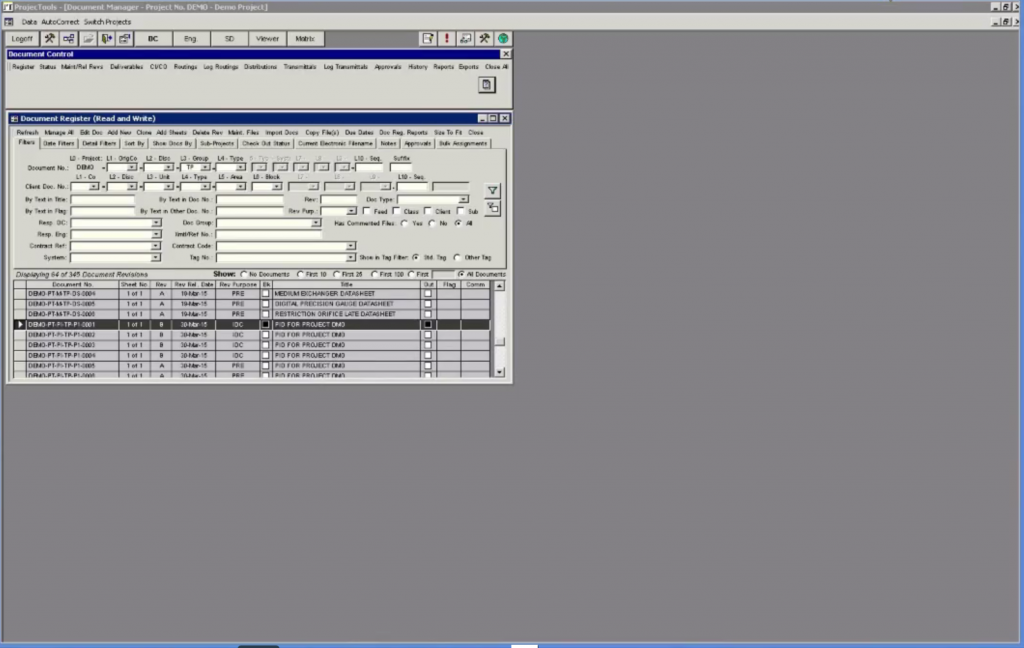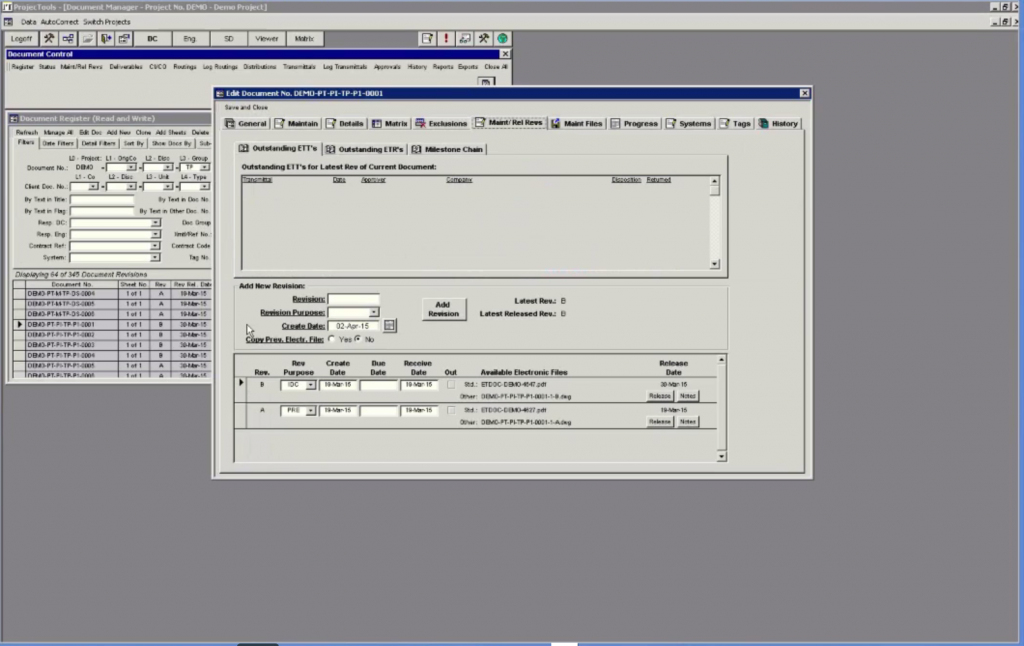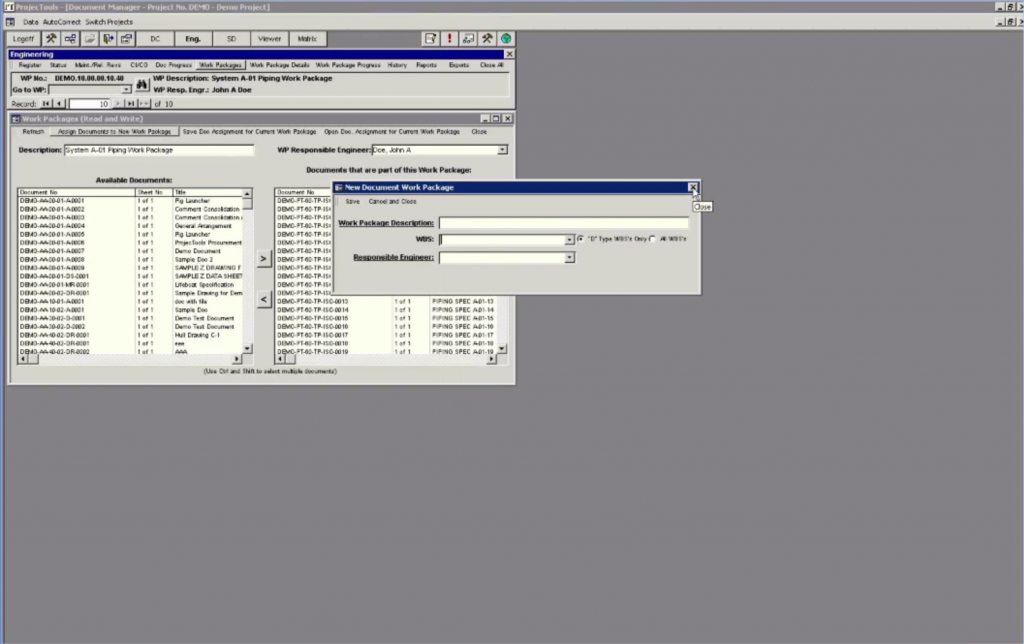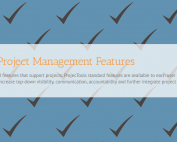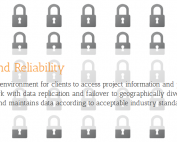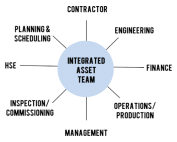Aligning Document Control and Cost Control
In Three Ways to align Document Control and Cost Control we’re going to talk about document control and cost control, and how they interact with each other, and what happens if your document control and your cost control aren’t aligned. We’re also going to talk about the magical things that happen when they are aligned. In doing so, we’ll touch on some typical failure points that prevent document control and project controls group from being in alignment.
Let’s get started and we’ll talk about some common problems here. A typical mistake is documents without clear, consistent revision control aren’t going to allow you to produce earned cost reports or bill accurately based on your document progress. This is very important because if you don’t have an automated or clear and concise system that maintains your revision control, you’re relying on a really ugly manual process that usually involves spreadsheets, phone calls, ad hoc emails, and even text messages. Relying on these channels is a terrible idea when you’re revision progress can affect things like cash flows and demonstrating progress to your client.
The other thing here to think about is automation, when you’re talking documents and cost alignment. Trying to rectify your progress with spreadsheet exports, phone calls, and such leaves your process wide open to errors, confusion, communicating out of date or superseded data, and something that I like to call excessive collaboration.
Usually collaboration is a good thing and we’re all for it. Teams need to work together, but when teams interface with groups that aren’t their own, trying to figure out something that could be automated such as document progress to float across via that magic of computers. That’s just wasted effort, wasted time, and like I said here it opens up the door to a bunch of errors, confusion, and transmitting out dated or incorrect data.
The third document and cost alignment mistake is they aren’t integrated. Your documents, along with the latest and previous revisions, the mark ups, and document history. These bodies of work need to be packaged into work packages. I know you guys already do this at some level with your documents. You package them all up into a work pack and say, “This needs to go out together.” It makes sense to work on these documents together, and that’s cool, I know you guys are doing that, but we see a lot of times that even though these documents are together, all the revisions for those documents could be in different places. The previous revisions, the mark ups, the document history, they could be scattered in several different spreadsheets or not collected at all. Just residing in emails or people’s heads, and that’s not a good way to manage your work packages. Moreover, this isn’t a good way to do business.
This next one is kind of a two parter. You want your complete document packages with all of the document data wrapped up in the package, in a nice neat contained unit. You also want to link these packages to your WBS. When you group them together and then link the group to the WBS, this saves a lot of work because if you don’t package it like this and link it over to your WBS, you could have to link each document. Then we’re talking 100 documents, to 10,000, to 100,000 documents to the WBS manually, and that’s no fun. I’m just realizing this is actually a three parter.
You want to have your documents in packages, and you want to have all of your document information rolled up into those packages. Then you want to be able to link your packages to your WBS and have this data flow over to your cost control application module, whatever, but you want that to be automated.
How do we do this here in Project Tools? We offer super tight revision control for your document controllers. I’ll show you that a little bit later. And you can link your milestones, and WBS, your documents, so it’s a very smooth transition to transmitting your progress over to your cost controllers so they can bill for earn value on their project. We also allow you to group documents into work packages and treat them like true packages in a system that will aggregate all of the things that need to be aggregated to your documents, and rolled up for the work package in the system. The system is very good at aligning document control and cost control because it’s very automated, very neat, very nice, and saves a lot of confusion and headaches down the road.
Now let’s get into the application, and I’m going to prove to you guys that this is going to give you a great leg up on aligning document control and cost control, by giving you revision control, allow you to make work packages, allowing you to connect your packages to the WBS, and allow you to use milestone chains that transmit your progress in a coherent manner over to your cost controllers.
Let’s get into the application here. Usually I like to stick to the home page, but this presentation doesn’t really lend itself to that, so here we are in the portal. This is really the under the hood area of Project Tools application. Where your power users are going to go basically set up the system to run.
The first thing we’re going to look at here is the document manager, and this really lends itself to the revision control aspect of the conversation, so let’s open up this document here and see what Project Tools document manager tools can do for us as far as revision control is concerned.
We can see here that I have a couple revisions for this document, and I’m going to jump over here to the maintain a released revisions tab. After a workflow has gone out, and a documents gone out, or a set of documents have gone out for review and approval within Project Tools application, and the document controller gets all of the mark ups and dispositions back and a document’s approved, that revision is approved. They can add a new revision with a different purpose, and release the revision out so it shows up in the document matrix. That progress is logged here in document control and is available over in cost control.
While I’m on progress here, let’s go take a look at this tab. This is the milestone chain. Milestone chains in Project Tools are revision purpose based. We see here that I have four revisions, preliminary review, interdisciplinary check, issues for review and approval, and for client approval. At the completion of each one of these steps, when they move on to the next revision purpose, we get a defined percentage of completion for the document. This is a pretty automated process once you define you milestone chains, and apply a milestone chain to a document. You basically run it through the process and it’ll work itself out, so it’s very nice. You can change your forecast dates and stuff like that, but it’ll log the actual date as you move through the progression. That’s really all I wanted to show you in the document control register.
Let’s go to the engineering register. This is where we’re dealing with work packages here. A work package, for the purposes of our conversation today, is just a grouping of documents. I made this work package earlier, and I’ll show you what a new work package looks like. You can define the name of your work package. I’m not actually going to make one because I just made one. After you define it you can add a WBS, and this is very important because your progress is going to flow over into the WBS, which is set up in cost control. After you’ve defined your package and defined the WBS that this progress is going to logged to, and a responsible engineer, you can start building your work package. You can see a bunch of documents here displayed, and you can just highlight them and move them over into the package. It’s very easy to build a package. I’ve built it here. We have this piping work package with a bunch of piping specs.
The next step in this process is really managing the review and approval process. As the review and approval process takes place, and that’s all managed within Project Tools application, the review and approval workflows. It’s a task based system that’s very neat, and all of the feedback process, mark ups, reviews, etc, all roll up into the document automatically. Thereby they roll up into the package automatically, since your documents are associated to the package.
Let’s go take a look at the package details. This is the area where you assign your milestone chain to all of your documents. You can do it individually, or if you have a couple different milestone chains, or you can assign to all. You can see that I have milestone A1 assigned to these particular documents, so let’s move on here.
Here at the work package progress tab, this gives us our actuals. It would tell me the hours, and the earned hours, and the percent complete for each document, and then it would total it up here at the bottom. This is really the meat and potatoes. This is how we measure progress and communicate the earned value over to cost control. This just gives us a quick view at the percent complete for the documents and the package as a whole. That will be communicated over to the cost control.
I know this presentation was a little bit document control centric, because the cost controllers, they set up their WBS and make it available to document controllers as WBS that are available for them to log progress to. Then it’s pretty much the document controllers set it up and it all flows over into cost control. They don’t have to do much over there on the cost side, so we really don’t have to talk to those guys unless there’s something very anomalous going on and out of the box, but usually if you set it up right and we incorporate all your processes during the implementation, it’s a very smooth situation here.
Another thing really that closes the loop here, that I’m not going to show in cost control, your cost controllers can go basically click a button over there in the cost control module, and it will go look for all of the document progress, any updates that have been made here in document control. It’ll go find those and them pull them into the cost control application, so they can pull it in whenever they need it. If they need to make a report today based on the progress up to date, they can go and pull that in and they have the latest up to date information. If your document controller creates a report the same day, those reports are going to match up perfectly and since everybody is working from the same data it’s integrated and everybody’s aligned.
I did skip over a lot because I was mostly talking about the alignment between documents and cost control, but you can see more demos of document control and cost control on the website.
ProjecTools Product Information
ProjecTools Client Spotlight
ProjecTools Client Spotlight "I don't see how companies can manage projects like [...]
Standard Project Management Features
ProjecTools subscriptions provide valuable standard features that support projects. ProjecTools standard features are available to each user to complement core application functions and business processes. Utilize the modules below to increase top-down visibility, communication, accountability
Security and Reliability
Users need a secure, reliable environment to access project information and perform work. All applications and client data resides in a private cloud network with data replication and failover to geographically diverse datacenter equipment. ProjecTools provides 99.5% Network Availability
Construction Project Management Services
ProjecTeams is proven for flexible on-site or remote project deployments. Each ProjecTeam specialist has deep work history with a career of improving project execution, information management processes, with tools that make projects efficient, timely, and profitable.
ProjecTools Resources
Spreadsheets and Email as Project Management Tools
Projects have too many moving parts and too many players to be trusting critical data to spreadsheets and emails. You need a spreadsheet reduction strategy.
Project Management Assessment
Project Management Assessment Assess your project management practices against the best project execution teams in the Capital Construction, [...]
Document Management Software ROI
Document management is massively important for engineering and construction projects. Take the approach and use the tools that add the most value.
Aligning Document Control and Cost Control
Align Document Control with Cost Control and create seamless progress and earned value reports to stay on budget and improve cash flows.
ProjecTools Videos, Demos, and Webinars
Optimizing Review and Approval Processes for Engineering
Let’s talk about review and approvals, and closed-loop systems, and how to execute the review and approval processes for engineering and commercial...
The Keys to Successful Document Management
Let's talk specifically about document management software, and the key factors for clean and organized documentation, accessibility, finding a system...
Document Management Software ROI
Document management is massively important for engineering and construction projects. Take the approach and use the tools that add the most value.
Document Distribution and Access for EPC and Construction
Global projects have global teams that need to be in the loop. Cloud technology takes the pain out of giving teams on demand access to project data.

